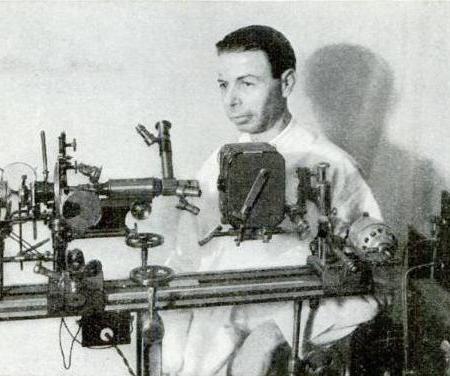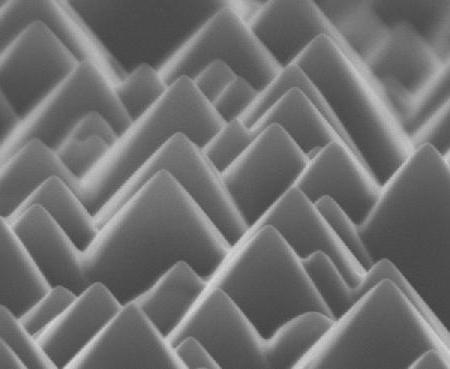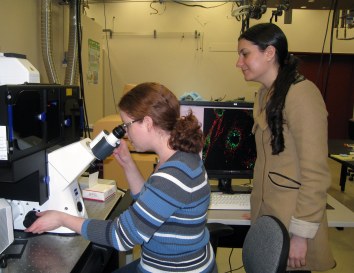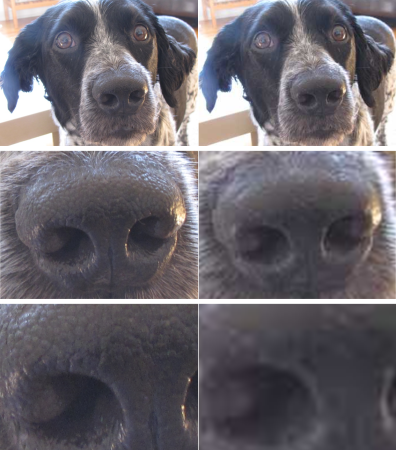
Tag: microscopes


Royal Rife’s Universal Microscope (and Why It Can’t Exist)

Nature Under a Microscope: Exploring the Beauty of Nanoscience

How Can We Photograph the Nanosized World?
How Can You See an Atom? – ACS Reactions Video

The Atomic Force Microscope – Probing to “See” at the Nanoscale

Bright Nanoparticles + Glowing Bacteria = Beautiful, Useful Pictures

Swiss Army Knife of Science – Collaborations & Research Instrumentation

Spying on chameleon nanoparticles inside living cells
